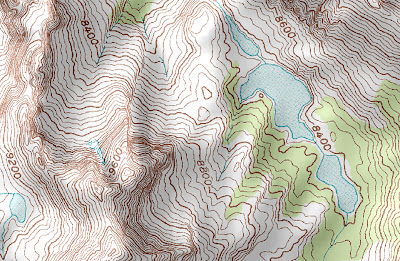http://mapsof.net/map/philippine-climate-map#.UVIsgRxgTX4
Thematic maps can be used for a large variety of reasons. Thematic maps use visualization techniques to make an information variable easier to understand. They simply take that information- on any topic or from any study- and represent it on a map. This thematic map shows the differing climate types of the Philippines. The colors are used to differentiate between the types, from wet half of the year and dry the other half (in blue) to rainfall of even distribution throughout the whole year (in yellow).




